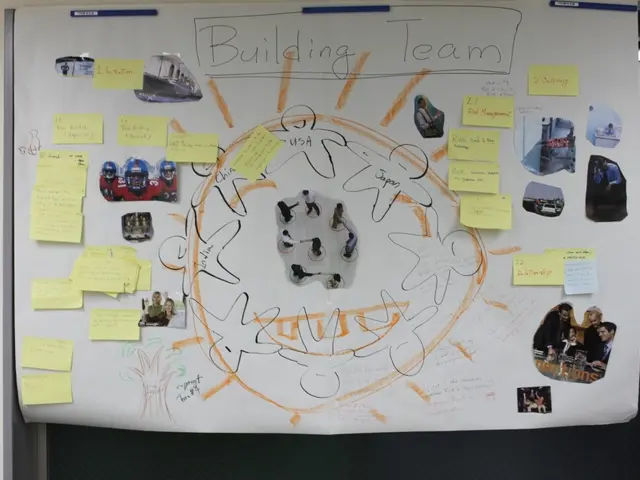Scientists Craft Stem Cells Towards Producing Organ Tissues in Textile Industry
In 2022, a staggering 3,000 individuals lost their lives while waiting for an organ transplant, leaving over 100,000 more in need of one. But NC State researcher, Jessica M. Gluck, is working to change that.
As an assistant professor of Textile Engineering, Chemistry and Science in Wilson College of Textiles, Gluck tackles microenvironments within the human body. These microenvironments are responsible for cell growth and activity, and they vary in physical and mechanical properties depending on the part of the body.
Gluck's lab experiments with nanofibrous materials to create scaffolding that can hold stem cells. These cells can be reprogrammed from an individual, making them pluripotent - meaning they can regenerate into any cell in the body. By manipulating the nanofibrous scaffolding's properties, Gluck's team can encourage the stem cells to become a specific type of cell or tissue.
With the basic science research in place, Gluck's team's efforts will soon transition into applied research aimed at repairing and growing organs. Understanding the intricacies of cell development will help prevent disease, as well as create new tissue.
"We wouldn't need donor organs or donor tissue," Gluck says. "People wouldn't need to worry about their bodies rejecting transplanted organs." While we're still a couple of decades away from this reality, Gluck is optimistic that we'll start to see this process becoming more feasible in personalized medicine.
Textiles may seem like a bland industry, but Gluck's work with cardiac tissue and cornea tissue proves otherwise. In collaboration with the Department of Electrical and Computer Engineering and the Joint Department of Biomedical Engineering, Gluck studies electrical currents in cardiac cells. She is also part of the Comparative Medicine Institute, an organization that fosters interdisciplinary research and scientific discovery to improve human and animal health.
Ph.D. candidate Suh Hee Cook has delved into how pluripotent stem cells can become cardiac myocytes, helping the cells beat like actual myocytes, although they're not as strong or synchronized. Cook's team is experimenting with conductive materials to see how it might improve cell response and cardiac muscle development.
Meanwhile, fellow Ph.D. candidate Nasif Mahmood is focus on creating scaffolding for ocular surface repair, mimicking corneal tissue. The material must be transparent and supportive of cell growth to restore vision. Mahmood, who came from a background in textiles, was fascinated by Gluck's work on stem cells, never imagining he'd be doing this kind of research.
"On the surface, textiles sound like socks and towels," Gluck says. "But when you look at the industry as a whole, you're looking at things made out of polymers, which is pretty much everything."
From socks and towels to organ regeneration, the research happening at NC State has the potential to change the world for the better. If you're interested in pursuing a career in textiles with a dash of biomedical engineering, there's no better time to join the NC State team.
- The staggering number of people waiting for organ transplants in 2022 has led Jessica M. Gluck, a researcher at NC State, to work towards a solution.
- As an assistant professor of Textile Engineering, Chemistry, and Science, Gluck's focus is on the microenvironments within the human body that govern cell growth and activity.
- Gluck's lab uses nanofibrous materials to create scaffolding for stem cells, reprogrammed from individuals, which can regenerate into any cell in the body.
- In the future, Gluck's team aims to apply their research towards repairing and growing organs, potentially eliminating the need for donor organs and reducing organ rejection issues.
- Gluck's work extends beyond cardiac and corneal tissue, collaborating with departments of Electrical and Computer Engineering, Biomedical Engineering, and the Comparative Medicine Institute to study electrical currents and cell development.
- Ph.D. candidates Suh Hee Cook and Nasif Mahmood are part of this interdisciplinary research team, working on improving cardiac muscle development with conductive materials and creating scaffolding for ocular surface repair, respectively.
- Textiles might start as socks and towels, but the potential applications in polymers, materials, chemistry, engineering, and fashion, particularly in health-and-wellness and biomedical fields, point towards a future where textiles can greatly impact medical-conditions and contribute to innovations in health-and-wellness.




